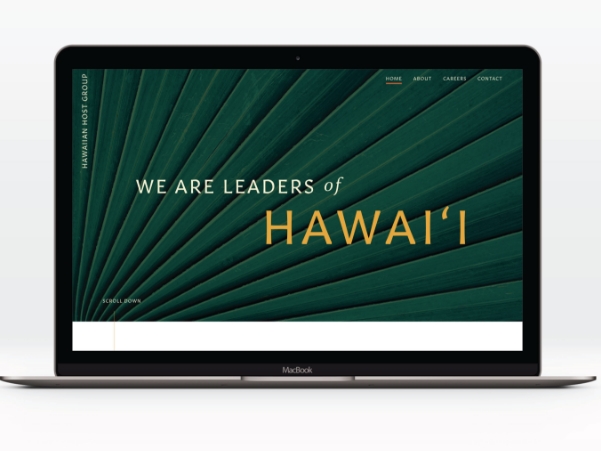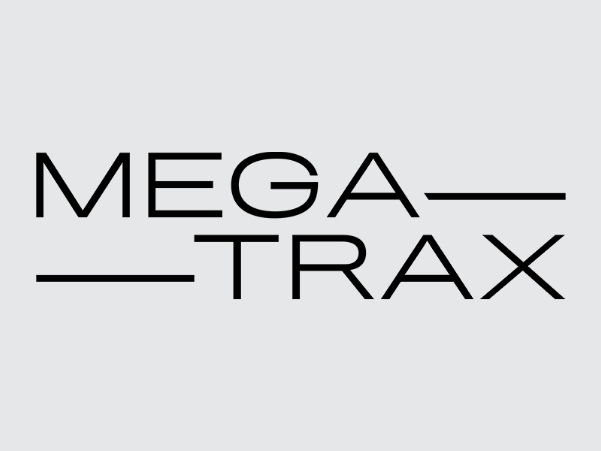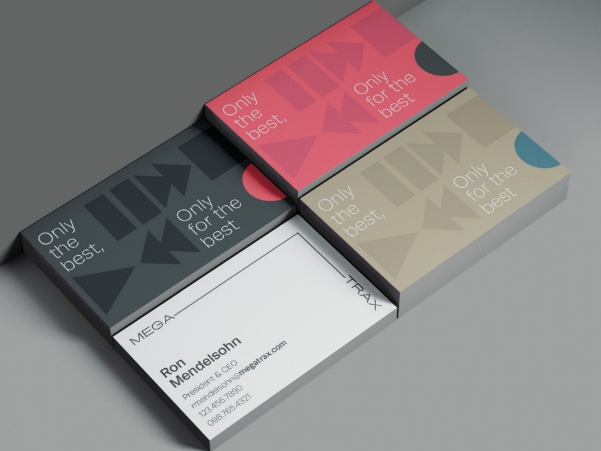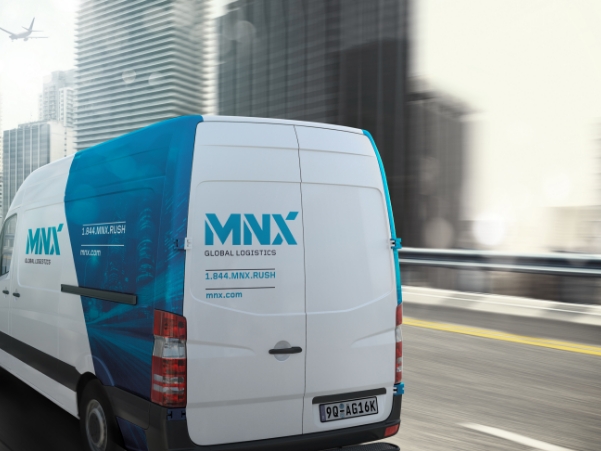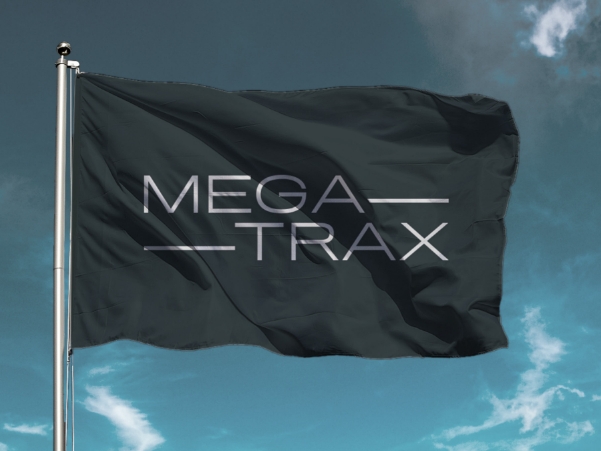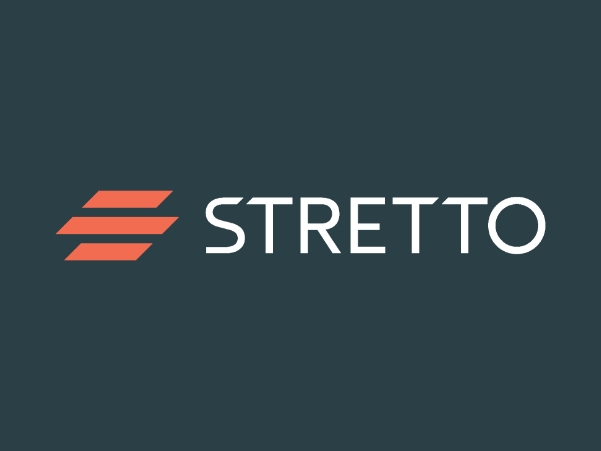
Intelligent Business Demands
INTELLIGENT BRANDS
Brand Strategy and Design for Intelligent Brands
Brands are powerful business tools for navigating change and aligning organizational decision-making.
Our research-focus defines how we form an organization’s identity. We dive deep into industries and engage cross-functional audiences to underpin our brand answers. This rigor ensures brand impact that inspires trust, seizes opportunity, and grows business.

We build Intelligent Brands— purpose built brand systems designed for business goals.
Intelligent Brands endure for decades, not days.
Our Services
How We Collaborate to Transform
We are a management consulting firm that works with leaders to strategically define organizational identities. Our brand strategy consultants deliver “Intelligent Brands” for businesses, non-profits, academic institutions, and faiths. Intelligent Brands are strategic assets designed to advance business goals.
How we make brands that last: we immerse ourselves in industry content and conferences, effectively becoming “of the category” so that we empathetically can craft brand answers that are effective and endearing, with the mojo to drive organizational advancement for years to come.
-
Teaching brand strategy is at the core of who we are. We’re dedicated to making brand education accessible and inspiring across cohorts and continents. Through both in-person and virtual formats, we speak on brand with audiences ranging from executive leaders to MBA students every month.
-
Our approach is built to inform and optimize brand investment. Starting with competitive insights, customer behaviors, and market trends, we translate data into brand growth guidance.
-
Intelligent Brands catalyze organizational alignment and boost business performance. We start with a thorough exploration of your market and audiences, enabling us to pinpoint an authentic and strategic position for your brand. We then develop a comprehensive Brand System that articulates your brand, translating ideas into actions that engage employees and customers. From meticulously organizing your portfolio to consistently sharing a refined identity with the world – craft every aspect of your brand for strategic success.
-
Intelligent Brands demand visual identities that sustain audience attention, reinforcing their story and value across interactions and channels. We craft visual systems that serve as potent communication assets, keeping your audiences intrigued for the long-haul with content and experiences that meaningfully connect to their daily lives. We produce visual systems that are intuitive and user-friendly, empowering your teams to apply the visual aspects of the brand confidently and consistently.
-
We equip your employees and partners with the knowledge and capabilities to confidently deploy the brand strategy across channels, environments, and experiences -- ensuring it makes a powerful impression in pitch presentations, tradeshow exhibits, executive dialogues, sales strategies, product (re)launches, company events, and beyond.
Our Work
Protocols, Innovated
We help clients define and own a distinct and powerful brand that aligns with business goals, inspires audiences, and shapes industry. We approach brand and business challenges with rigor and curiosity.

Learn more about how we’ve delivered enduring answers to some of today’s most complex brand challenges.
See Our WorkOur Clients
-

- Traditionally a payroll company with 60% of the market, aggressive customers and market demand for additional services put the ADP brand in a critical position: be more to our audiences or risk category leadership.
- By pulling together, repositioning, and storytelling all the added-value services available across ADP’s five business units, we helped launch and brand an entirely new sixth business unit, ADP SmartCompliance. From brand architecture to sales enablement, it became the darling of ADP’s innovation portfolio, and an ultimately came to account for $1B in revenue.
-

- Mind-bending data was published for Google’s largest customers worldwide and scheduled to be presented at their TED-like event: Think with Google. Despite the power of the data, disinterested responses compromised the value of the insights and risked crashing the event.
- In 30 days, we dug into the data, rethought implications, wrote a narrative, and then represented the dataset as the keynote speaker at 12 Google Think events around the world – becoming the highest rated content in the history of Google conferences.
-

- The undisputed world leader in executive recruiting and RPO needed to carefully integrate key acquisitions to diversify its services and take the leadership position in Talent Consulting.
- By de-branding, repackaging, and integrating acquisitions ranging from professional skill assessments to original research, we helped Korn Ferry unify and simplify its global solutions from six independent brands to one Korn Ferry – and continue to keynote their global sales conferences more than a decade later.
-

- Acquisitions and innovations cluttered the PayPal customer and developer experience, creating confusion across products that ranged from browser plugins to bank accounts.
- Over 10 years of consulting, we reorganized offerings companywide – from credit products, to Magento and Venmo, integrated unnecessarily sub-branded features, and created a brand architecture that defines the PayPal experience online, instore, and in-app.
-

- Brilliant marketers that stay for decades know their business inside and out – but new data and consumer behavior warranted an outside perspective.
- By meeting with each business unit, assessing key data from strategic partners, and evaluating novel-yet-distracting entertainment solutions, we keynoted LEGO’s conference for global marketing leadership twice, and facilitated offsites for LEGOLAND’s executive team to keep both brands proactive and relevant.
-

- Health science so innovative even the business unit down the hall needs help understanding what you do and how you do it.
- We helped enable the six business units and the enterprise solutions that support them understand their unique part in the Amgen business by helping them each explain their role in under 5 minutes via mini-videos and PowerPoints designed to kickoff any cross-business unit meetings, guarantying collaboration would continue without confusion.
-

- K-12 education in the United States had been pursued by the world’s largest enterprise software companies for decades – after all, 330,000 schools is a large potential market for business solutions. Not one of them broke through, and private equity decided it was their turn to make the market real
- Our work integrated more than 20 acquisitions via brand architecture, repositioned the Masterbrand for market specificity, constructed an inclusive visual system, built sales and talent training modules, and launched a thought leadership platform that set the category standard – helping Frontline Education hit unicorn status in under three years.
-

- Fierce competition and a laser focus on major rides preoccupied property leadership and distracted communications teams across amusements, hospitality, retail, and marketing, warranting a brand strategy assessment and plan.
- Our research revealed the real competition – not Disneyland like everyone thought, but local shopping centers and city sites, helping us reposition the property as a place to spend quality time with family and friends emersed in experiences that inspire and entertain, instead of as a resource for roller-coaster recreation.
-

- A leader in online food ordering and delivery – up against an ever-growing landscape of other platforms competing not only for customer business but for that of restaurants (as partners) and delivery drivers or “Dashers” (a necessary component of their gig economy-based business model).
- Through extensive research, including interviews with Dashers all over the country and employees throughout the company, IP helped shape a differentiated and sustainable Dasher brand; this counsel supported DoorDash’s strategic investment in communications and activations to attract and retain drivers who not only fulfilled their roles (delivering food) but served as ambassadors for the DoorDash brand overall.
-

- An undisputed champion in academics, sports, and faith – mired in inconsistency, legacy, and fiefdoms… the Notre Dame brand didn’t look the same anywhere… not on the field, in the classroom, or in church.
- Through a calculated, comprehensive, campuswide effort, we redesigned the Notre Dame identity, trained leaders from every team, and helped the university relaunch its brand for its next 170 years.
-

- One of the oldest, largest, and most prestigious universities in Southern California employed tens of thousands of educators and staff but wasn’t helping them get access to employee services and innovation solutions that were built just for them.
- We helped the office of employee services rearchitect its solutions and outreach methods to bridge the gap between employees and the services they deserved.
-

- Once seen as a resource for socialites to refine their repertoire of ranting, Toastmasters became the world leader in professional development through intentional verbal communication. With 300,000 global members and clubs on every continent, the brand became highly fragmented and localized and no longer looked like the category pioneer and leader.
- We repositioned the brand to leadership training instead of public speaking, built an all-new brand platform, brand architecture framework, and visual system, and then trained global membership to help the 80-year-old icon achieve record global growth.
-

- You’ve got an NXP chip in your phone and likely in your car, but you just wouldn’t know it. Leadership realized that being secret but everywhere wasn’t good for business.
- By unifying the global sales team around a common story, branding NXP’s leadership in innovation, and strategically refining marketing voice and investments, we’re helping NXP earn the recognition it deserves and continue leading the Internet of Things revolution.
-

- Having a vast portfolio of consumer brands makes marketing and sales relationships with key distributors and retailers challenging.
- We produced a three-day summit for North American marketing leadership, realigning the teams on strategic priorities, key brand opportunities, and team collaboration occasions where less could be more, and brand efforts could focus on long-term equities instead of ceaseless monthly sales campaigns that compromised prices and shelf space.
-

- Traditionally a B2D (business to doctor) organization, the rise of the internet-informed patient and their expectations of patient-first marketing from across care categories warranted a new approach to serving patients with diabetes in the United States.
- By focusing entirely on the customer journey, we helped rescript and prioritize the sales team’s go-to-market approach, changing the perception of Medtronic from a distant medical device company to MY partner in diabetic health.
-

- The original travel currency resource has created a network of billion-dollar travel agencies that define global travel for businesspeople and the elite worldwide. With so many other organizations targeting those key customer groups, AMEX needed to realign with its top 20 travel partners, fast.
- We produced an exclusive summit in the penthouse conference room for the largest travel agencies in the world to extract their needs, reconnect them with AMEX’s solutions, and redefine how AMEX would serve them going forward.
-

- The original warehouse retailer knew that online shopping was important but wrongly assumed that simply selling what’s in stock on a website was the answer.
- By carefully evaluating revenue origins, consumer feedback, competitive actions, shipping costs and growth goals, we repositioned the brand online from just another digital retailer to a massive membership benefit – completely changing how Sam’s Club goes to market online.
-

- The number one source for B2B accounting solutions in the world, troubled by an expansive portfolio, cloud upgrades, acquisitions, and huge board goals.
- A global brand architecture and naming strategy, boosted by a new brand platform, website strategy, and visual system upgrade, helped redefine the board’s objectives, more accurately target key customer segments, and refine the portfolio for easy comprehension and advocacy.
-

- A massive global suite of multi-unit residences that serve the working professional, the ongoing acquisition of new properties left some sites underserved and unknown, compromising the perceived quality and desirability of the premier property portfolio.
- Through brand architecture, Masterbrand repositioning, and leadership unification workshops, Oakwood’s portfolio has been refined and synchronized, directing equities at a durable brand that stands for class-leading residential solutions for professionals.
-

- When one of the largest and oldest religions in the world decides that its 1.3 million members in Orange County California are instrumental to its global future, you call in the brand strategists.
- We worked with 64 parishes, hundreds of priests, nuns, and lay leaders to rebrand the Catholic Church and create a vision for the next 50 years. From a massive new messaging and visual system to staff training and website, we completely rebuilt the aging brand into what the Los Angeles Times called “The Future of the Catholic Church in the United States.”

